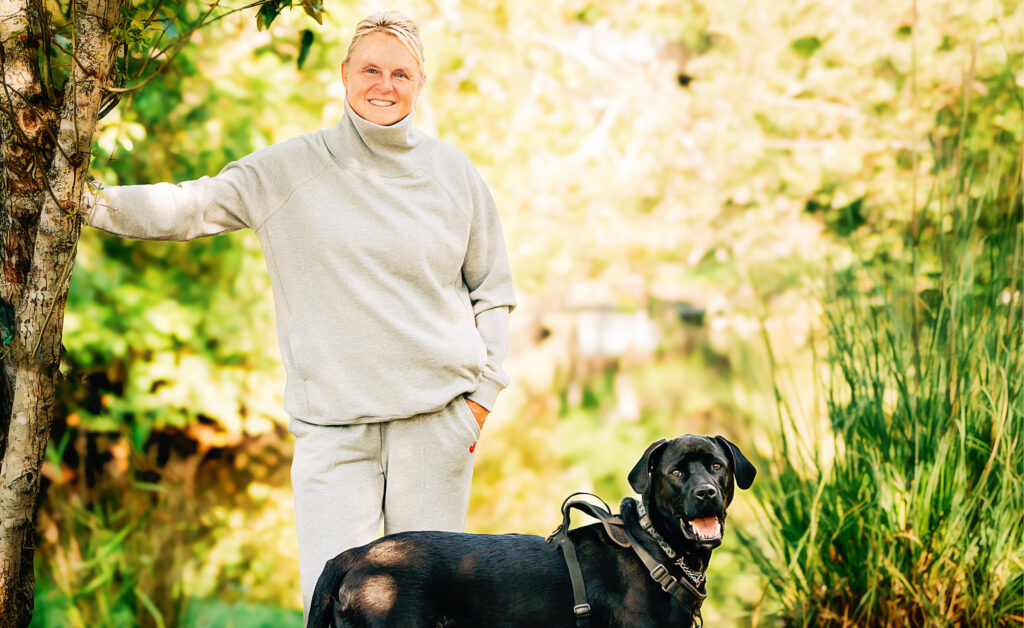by Jacqueline Nicoll, K & Co. Marketing –
Often, the experience of travelling with your pet may not seem like much preparation is required; however, you’d be surprised with some of the considerations you should know about! In a recent survey, an alarming trend was unveiled in regard to pet travel safety practices among Canadian pet owners. Shockingly, nearly 30% of pet owners fail to secure their pets adequately when taking them for a drive, while an additional 9.7% allow pets to sit on a passenger’s lap without proper restraint.
One common method employed by pet owners is the use of collar-to-seatbelt attachments to secure their pets during car travel. Yet, experts caution against this practice, highlighting the serious risks it poses in the event of an accident. These attachments can potentially lead to severe injuries or even death if secured around the pet’s neck. Instead, experts recommend utilizing a harness or a specialized pet car crate for safer travel. Having a travel checklist is also advantageous as it spares you the need to repeatedly consider what to pack, so you can just grab and go! Essential items to include might be: dry and wet food, a leash, a water bowl, necessary treats and/or medications.
Further, it might be interesting to find out that insights from the survey shed light on where pets typically sit in vehicles, with the majority occupying the front passenger seat, followed by the middle back seat and the back passenger side seat. It’s crucial to note that allowing pets in the front seat can be dangerous due to the deployment of airbags during a collision, which can cause serious harm to pets. However, regardless of whether pets are adequately restrained, accidents can still happen, so the inclusion of pet insurance can be helpful in covering any unexpected medical expenses and providing peace of mind to pet owners in unforeseen circumstances.
A good rule of thumb when travelling away from home with your pet is ensuring they have proper identification, including collars with up-to-date tags and microchipping for added security. Additionally, pay attention to their comfort and provide necessary amenities such as ample ventilation, water, breaks for exercise and familiar items to reduce anxiety. The accommodations you’ll need to make with your pet in tow will greatly depend on the time of year and the local weather where you’ll be trekking, ensuring that neither heat stroke nor hypothermia occurs.
Regardless of whether travelling by car, plane or train, or making a quick trip to the vet’s office, you can easily prioritize your furry friend’s safety by simply minimizing risks. As a reminder, a sudden jerk of a car to stop quickly could have lifelong consequences and end in tragedy if your pet is secured by their neck. Remember: a little preparation goes a long way!




